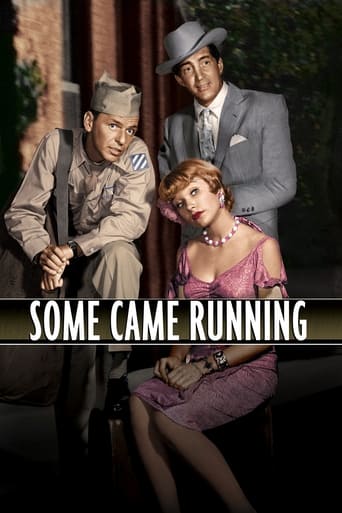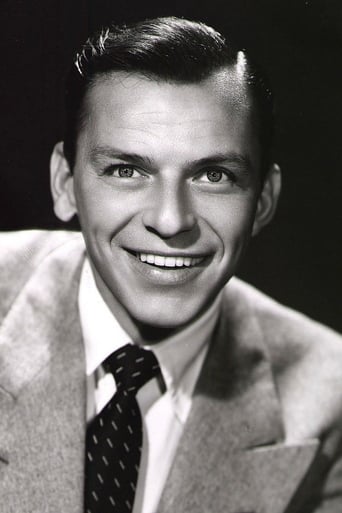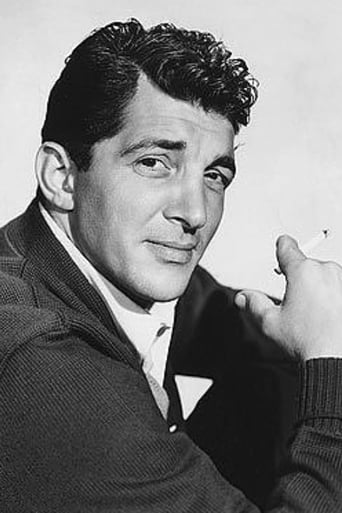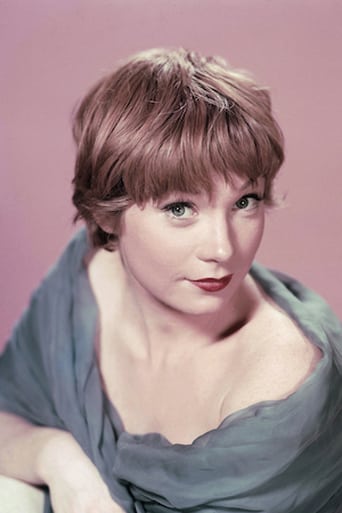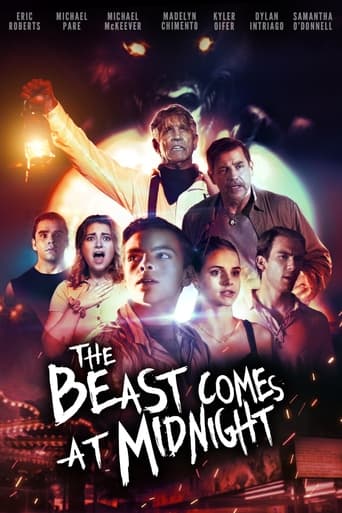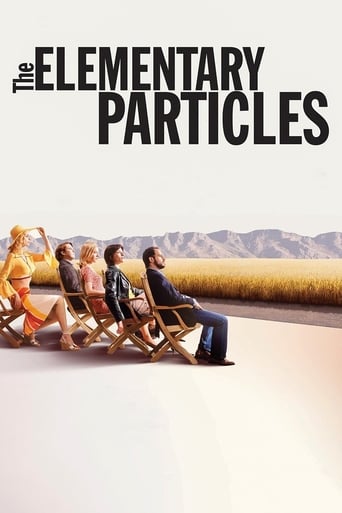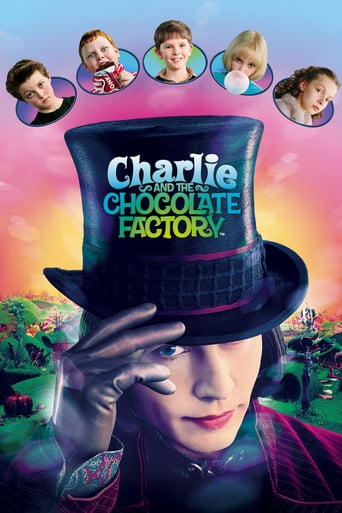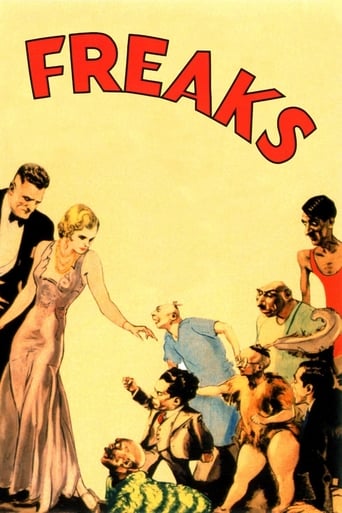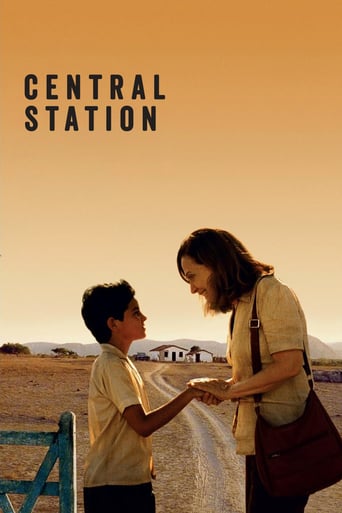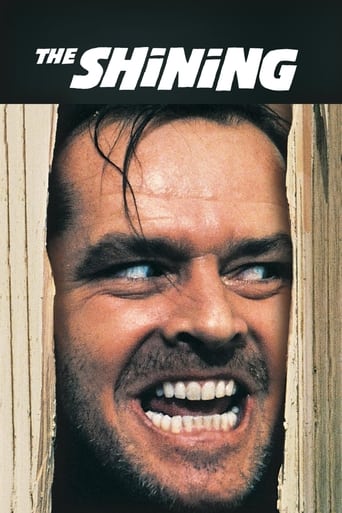Some Came Running (1958)
Hard-drinking novelist Dave Hirsh returns home after being gone for years. His brother wants Dave to settle down and introduces him to English teacher Gwen French. Moody Dave resents his brother and spends his days hanging out with Bama Dillert, a professional gambler who parties late into the night. Torn between the admiring Gwen and Ginny Moorehead, an easy woman who loves him, Dave grows increasingly angry.
Watch Trailer
Free Trial Channels
Cast


Similar titles
Reviews
The greatest movie ever made..!
Really Surprised!
Mostly, the movie is committed to the value of a good time.
True to its essence, the characters remain on the same line and manage to entertain the viewer, each highlighting their own distinctive qualities or touches.
This is a good drama set in the small town of Parkman, Indiana, in 1946 after the war. Frank Sinatra stars in this movie version of James Jones's second novel, as he had in Jones's first novel, From Here to Eternity (1953).This story depicts a post-war "Coming Home" type of story about a soldier trying adjust to a small gossipy town, where he was never really wanted in the first place--at least by his brother (Arthur Kennedy) and his family who view him as the black sheep of the family.On the one hand, Sinatra's character is viewed as an aspiring and gifted writer that is appreciated by a local school teacher (Martha Hyer) and her wealthy professorial father (Larry Gates). On the other hand, he is viewed by the local newspaper and town gossip, as a no-good drifting drinker and gambler who hangs around cheap bars with his floozy pickup girl (Shirley MacLaine) and his locally acquired gambling partner (Dean Martin). Torn between these two worlds threatens to tear him apart.
"We become Second Hand Men. That's what I like to call it. Second Hand to everything. Second Hand to our jobs, to our country's military strategy, to the money we make or hope to make and then can't spend, to taxes, to our children, Second Hand, even, to the cause of world peace. Three hundred years ago, at our age, we'd be about ready to die. If we weren't dead already. But now we can go on living for a long time yet, if we want to, in a Second Hand sort of way." - James Jones After the success of "From Here To Eternity", a James Jones adaptation which starred Frank Sinatra and which won several Academy Awards, Metro-Goldwyn-Mayer set about adapting Jones' "Some Came Running". The director for the task? Vincente Minnelli, hot property in the era, but now, sadly, a director somewhat forgotten.MGM's "From Here To Eternity" missed the point of Jones' wonderful novel. Minnelli, though, identifies with his material. The film works as a prequel to his "The Sandpiper", continues the director's fondness for artists and tortured outcasts and features another Minnelli "hero" who's self destructive, a cynic, maintains a certain self-imposed isolation, and who rejects a staid, conformist, conservative and deeply hypocritical world.Our "hero's" name? US army officer Dave Hirsch, a malcontent middle ager who finds himself thrust into the heart of small town America. The place offends him, but Hirsch manages to cope by latching onto a series of outcasts, gamblers and drunks. A romantic relationship with a school teacher points toward possible rehabilitation – she promises to lift Hirsch out of his slump - but their relationship quickly goes sour; she's attracted in him only insofar as he epitomizes your typical, romanticised, suffering artist.The film becomes increasingly bitter. Hirsch, we realise, has no drive, no motivation, and prefers to dive into alcohol and the dark recesses of local bars. At rock bottom, he then makes a bizarre gesture; he marries a lost, dull witted, simple girl. Everyone's shocked, but the act makes sense to Hirsch. He can't function in the world, it has turned its back on him, and so he embraces the dregs. But is this only a gesture of defeat? Does Hirsch, perhaps, also see something genuinely wonderful about his new bride? The rest of the film watches as Hirsch attempts to integrate three perhaps incompatible worlds: the sophisticate world of big money, the sleazy dives he frequents, and the isolated, sensitive life of a writer.Aesthetically, "Some Came Running" is typical of Minnelli; big, melodramatic and lush. Perhaps because he's accustomed to filming musical numbers, the film trades mostly in middle, wide and long shots, with close ups being rare. Director Jacques Rivette would say that the film neglects its actors and that Minnelli "left his three great actors working in a void, with no one watching them or listening to them from behind the camera", but that's not quite true. You sense that Minnelli identifies with Hirsch. James Jones certainly did. The character was very loosely based on Jones' own fears and inclinations as a young writer."Some Came Running" occupies an odd space in cinema history. Like the works of Nicholas Ray, Douglas Sirk etc, it broadened the possibilities of the melodrama. It would influence "Five Easy Pieces", "Contempt" and would be praised heavily by the likes of Richard Linklater, Godard, Scorsese and the Cashier du Cinema crew. The film also reverses Minnelli's "Meet Me In St Louis", which waxed nostalgic about small town virtues, by being preoccupied with small town vices. In this way the film was also part of a wave of "lets look behind the suburban facade" 1950s melodramas, which expanded upon post-war noir cynicism and delved behind the moral and sexual hypocrisies of angelic, suburban communities. Such films almost seemed to have laid the groundwork for the tumultuous 1960s."Some Came Running" is overlong, features opulent Technicolour imagery, an Elmer Bernstein score, and co-stars Dean Martin and Shirley MacLaine. Sinatra gets the bulk of the film's very good one-liners.8/10 – One of Minnelli's best. See "In A Lonely Place".
This is a really good story, for adults who've seen something of life and know the score. Life and relationships aren't simple, things are often sad, unfair, bitter; but we all cling to the hope offered by understanding and love from other people. Dave Hirsch (Frank Sinatra) is a good character, a writer who returns in his Army uniform to the small town where he was never especially happy. He's been hurt, but he's still willing to be vulnerable and open. He's a fair, decent guy, a good friend, a person others lean on and like for his strength.One of the more interesting things in the film is how he interacts with Gwen French (Martha Hyer), the schoolteacher who appreciates and is excited by his talent but who can't relate to his world. It's sad to see these two trying to relate to one another. Him with his straightforward approach to life, and his openness, and her with her many layers of defenses, and shut-down emotions. The overall feeling I got was frustration that she couldn't appreciate the good things in the man.Martha Hyer plays Miss French very well, though you must accept her somewhat mannered approach that is a little like Grace Kelly's. I was a bit baffled by Gwen's motivations at times and I wondered if censorship had anything to do with it. The three leads are marvelous. Shirley MacLaine is like you've never seen her before. Playing a dumb but happy chick who is pure as the driven slush, she is funny, annoying, touching, and at times, the most sensible person in the room.Dean Martin gives one of his first non-musical, dramatic, post-Jerry Lewis portrayals as card sharp Bama Dillard, who Dave takes up with in his home town of Parkman, Indiana (and on a big side trip to Terre Haute). Dean is perfect in the role, and his interactions with Sinatra are full of sparks.As Dave's brother, a small town hypocrite who owns and operates the local jewelry store, Arthur Kennedy gives an excellent performance. His lavish home, and the home of Gwen and her professor father, are in stark visual contrast to the very humble surroundings of Dave and his friends - bars, rented houses, bus stations, etc.In smaller parts, Viola Dana and Connie Gilchrist are among the standouts.Minnelli described his desire to make the holiday-carnival atmosphere in the final scenes seem like "the inside of a jukebox." And that's exactly what it's like.Some Came Running is a satisfying, beautifully directed and designed, well acted drama of Midwestern postwar 1940's angst, filmed in gorgeous 1950's CinemaScope. The score by Elmer Bernstein is wonderfully evocative.
This movie was made in Madison, Indiana when I was a teenager.I lived about 20 miles north of Madison.The production company was looking for a crowd for the street carnival scene in the movie. Some of my family thought it might be interesting to go down and mingle in the crowd and we might end up in the movie. However, something came up and we couldn't go.I saw the movie shortly after it was released and have seen it a couple of times since and was not overly impressed with the storyline or the dialog(very derivative). I was not impressed with Frank Sinatra, at all. However, Shirley Maclaine and Dean Martin were very good in the supporting roles.The cinematography, however, is excellent.Madison is located in a very green, rolling, area of Indiana on the Ohio River and is very lush, and the background of the Ohio River shot over the characters shoulders in the cemetery, in Kentucky, captures the beauty of the area. The photography at the Lanier Mansion (1844) definitely captured the affluence of the character that lives there in the movie.

